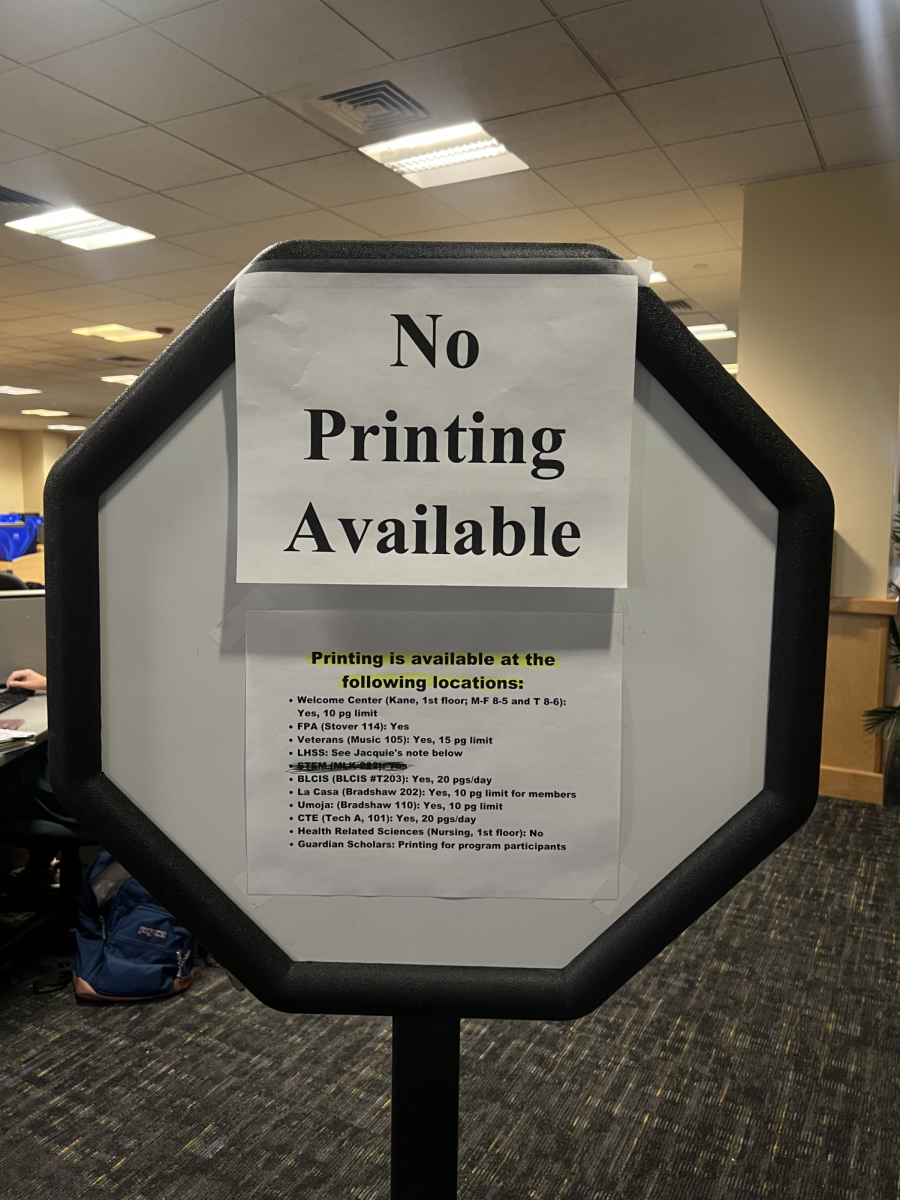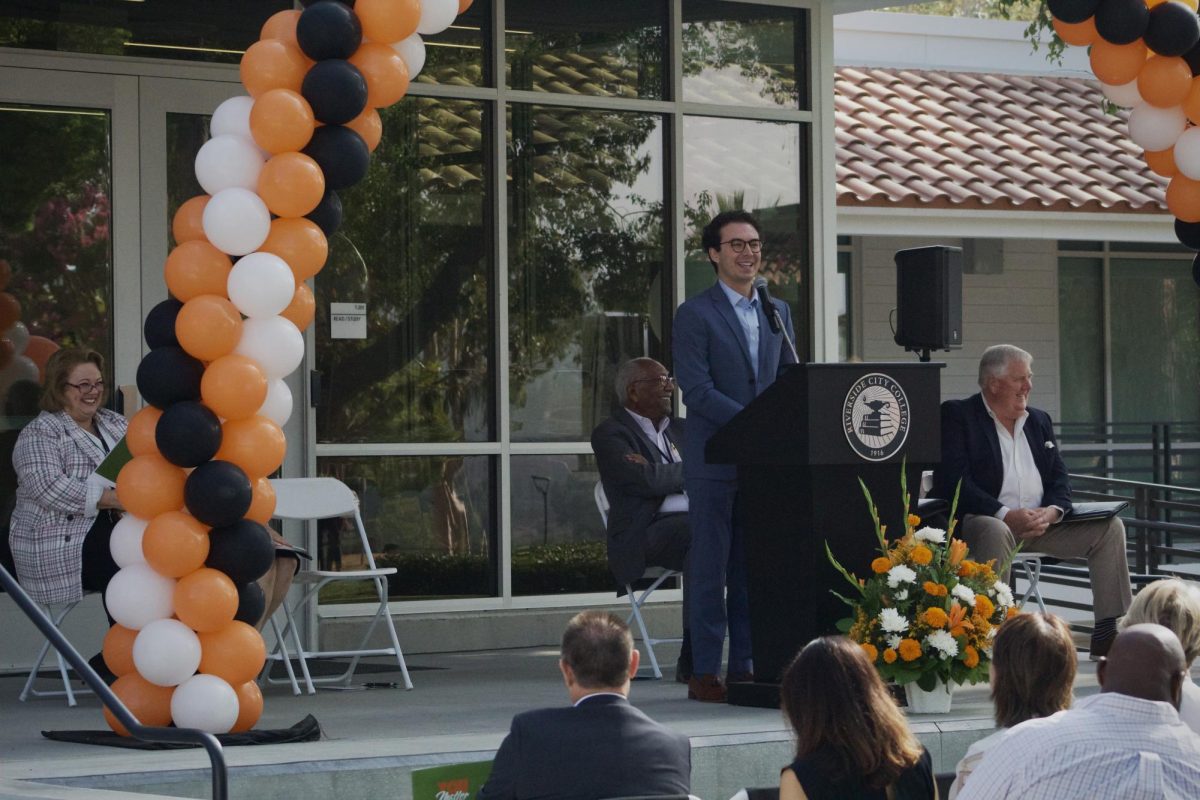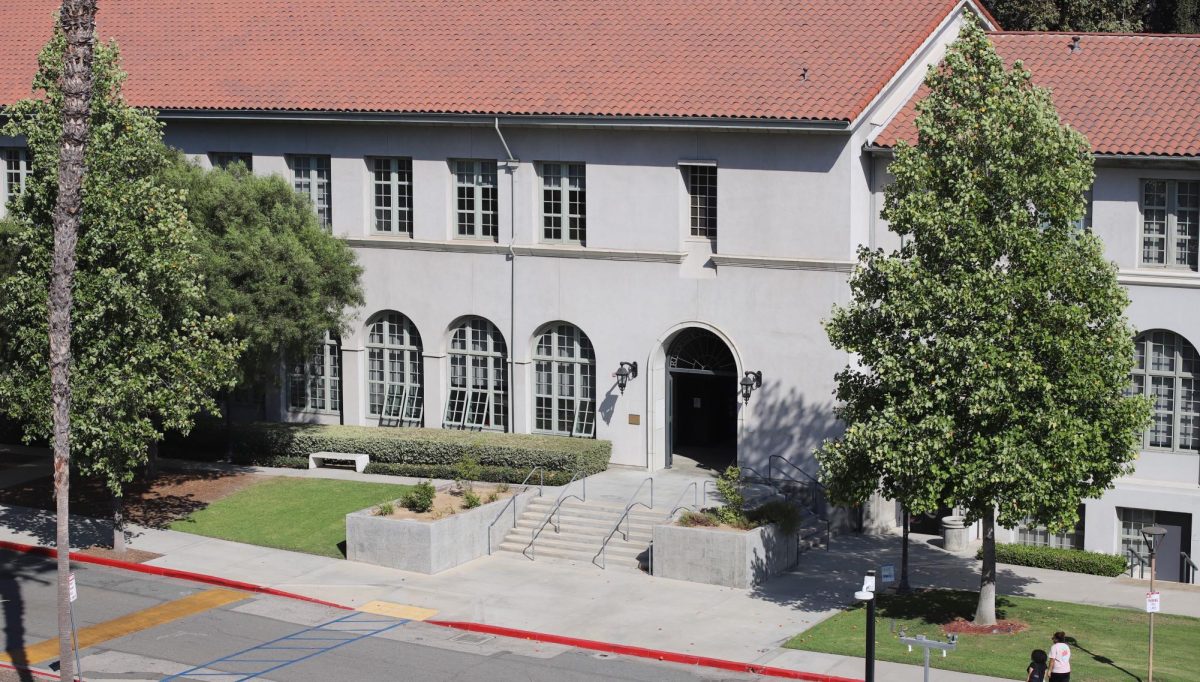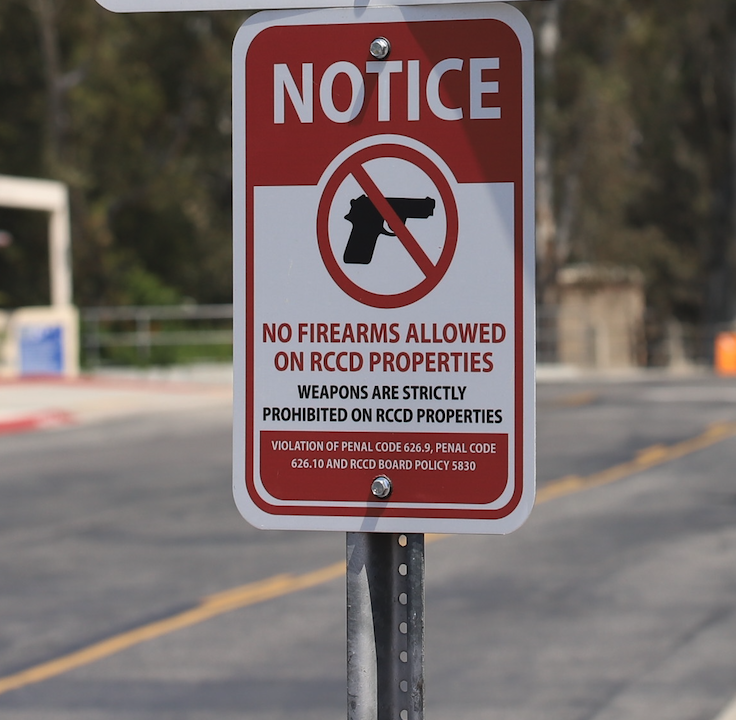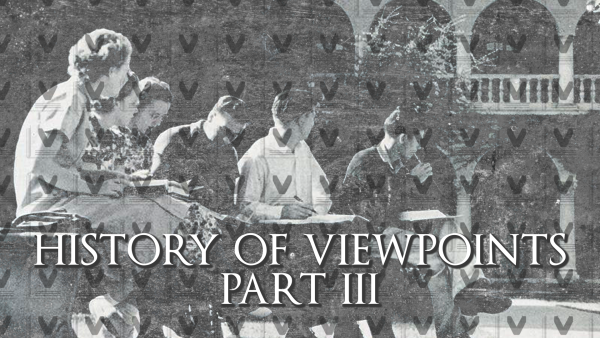
By Daniel Hernandez
The Arroyo, a previous version of Riverside City College’s student newspaper, would not see the same success in the 1940s as it did in the previous decade.
According to “A 65 Year History,” the historical book about RCC, the Arroyo began to publish infrequently and only had small sheets of paper instead of the information-filled newspapers they had become known for between the years of 1943-1945. This was a major change from the student publication’s success it achieved throughout the 1930s.
The Tequesquite, the college’s student-run yearbook that was closely affiliated with the Arroyo, also struggled to produce content during this time period. The majority of the 1944 and 1945 issues of the annual contained bound copies of that year’s Arroyo.
However, during that time, the annual did contain a similar trend where they would showcase students who served in the military. They had a full page within the 1943 issue where they honored nine servicemen who died in World War II. The Tequesquite also had a few pages dedicated to news stories about the soldiers and a section showing group photos of those involved in the Reserve Corps.
The end of the Arroyo’s golden age was cemented when the publication was renamed to the short-lived Tiger Rag. The name did not last long as it was changed to the Tiger Times soon after. This new name would stick around for years to come.
Although the paper did suffer a decline of quality during the ‘40s, the publication still managed to cover some important moments of the college’s growth. Nearing the end of the war, the college created a formal guidance program. An Arroyo journalist reported on the new college service and noted that it was to “help the individual choose a vocational career best suited to his individual taste and ability.”
The publication also featured an article about Senator Dilworth’s speech to the college students in favor of creating a four-year university. He asked the students to sign petitions advocating for the need of a university which would strengthen the case he was building. The senator spoke directly to a Tiger Times reporter where he pointed out how the junior college would continue to be pivotal to the public.

